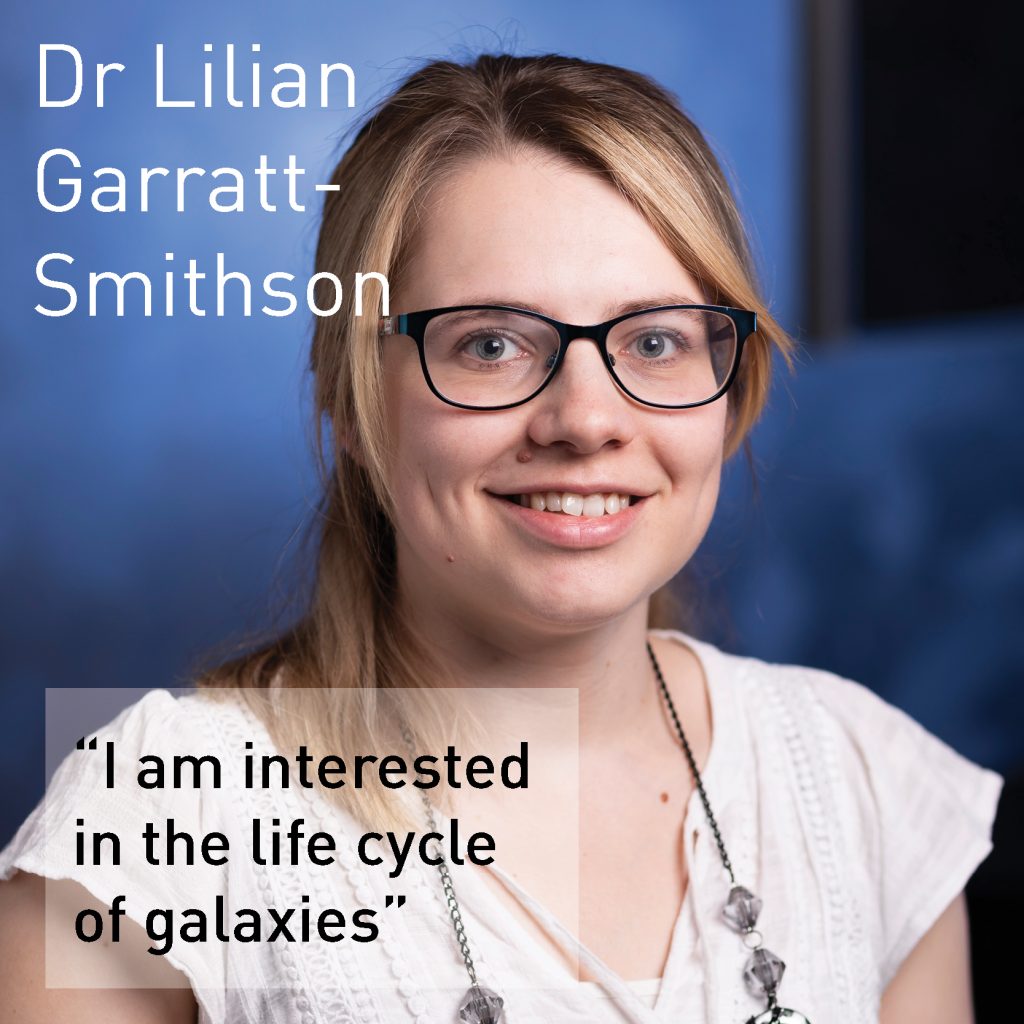“I am interested in the life cycle of galaxies and how this is affected by multiple generations of stars.” Dr Garratt-Smithson is currently investigating some of the coldest gas in the galaxy and how evolutionary processes like mergers & star formation affect the gas.
“I take cosmological simulations, which typically model gas down to a temperature of ten thousand Kelvin, which is where hydrogen becomes ionised. I’m really interested in the gas that’s below ten thousand Kelvin, since it is this gas that can eventually collapse and form stars.”
Theoretical astrophysicists can run very high-resolution simulations which can better resolve the interstellar medium, but they tend to take into account a single galaxy rather than many galaxies.
“The great thing about cosmological simulations is that you can follow the evolution of multiple galaxies but you don’t have the resolution to look at small structures and lower temperature gas.”
Dr Garratt-Smithson is currently post processing these larger-scale simulations to probe the cold gas content of the galaxies modelled, in order to help interpret results from the ASKAP-FLASH survey.
“I see myself as an ISM physicist, I’m really interested in the physics that goes into the interstellar medium.”
Even though Dr Garratt-Smithson didn’t think she’d leave the UK before going to uni, she says that one of the nice things about being an astrophysicist is travelling to different countries and attending international conferences.
“I’m finding it really interesting learning about this new area and coming up against new challenges as I go.”
